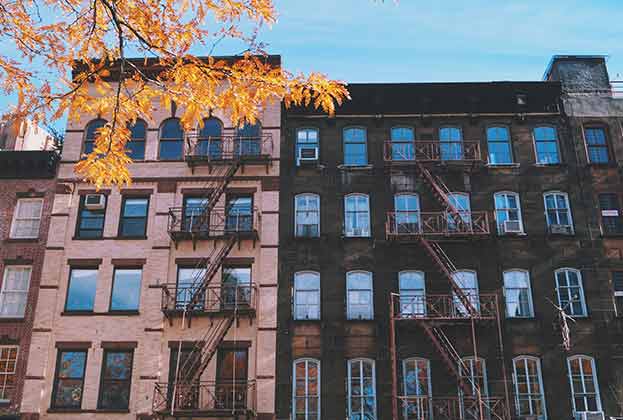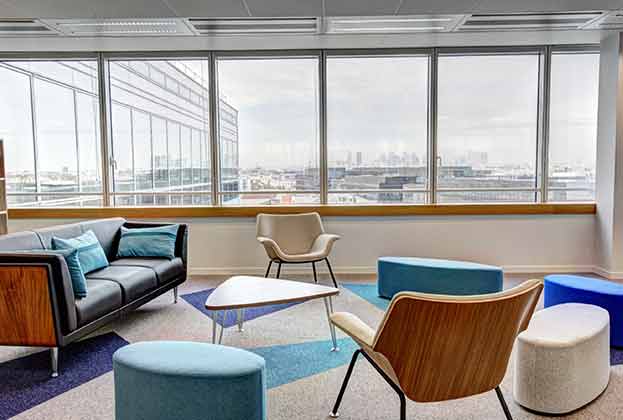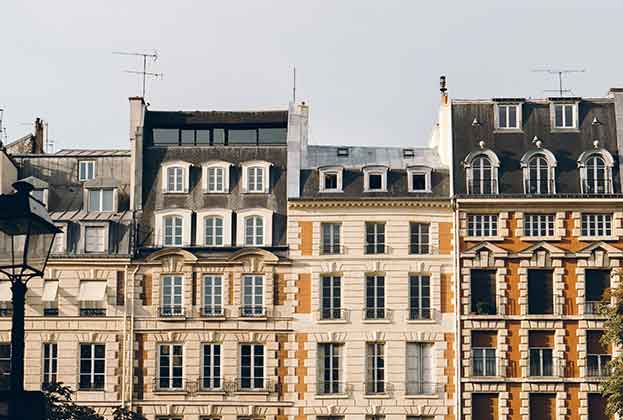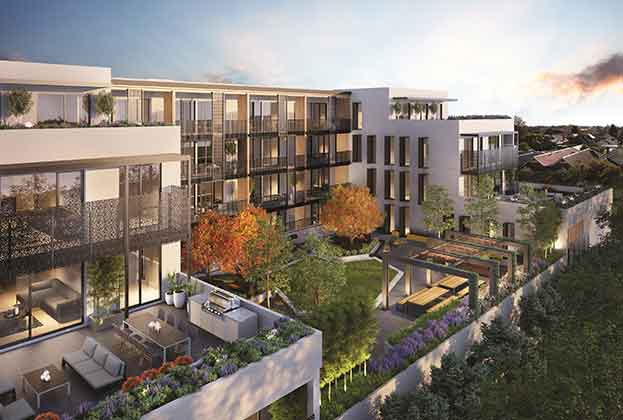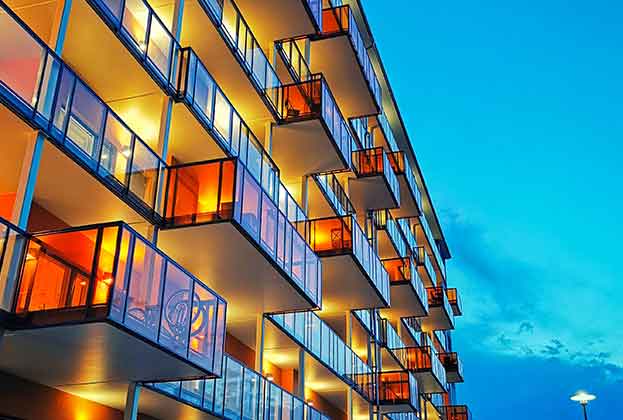The senior housing rental model brings amenity-rich rental housing to older generations. Will it translate into new markets?
Healthier for longer
People are living longer, and are healthier in their old age than ever before. In developed nations, global life expectancy is 82 years of age, and it is forecast to reach 85 by 2040. Emerging markets are catching up, forecast to reach a life expectancy of 80 by the same date.
In the West, turning 65 once marked the beginning of old age. Careers come to an end, subsidised travel begins. But better health, greater wealth and active lifestyles mean this group is still very much physically and economically active. Average life expectancy at 65 stands at 21 years in the West. Japan, France and Spain have the longest life expectancy for 65-year-olds, at over 23 years. Turkey has seen the life expectancy of its over 65s increase by nearly three years over the last decade alone (see chart).
Rental housing for seniors
This growing demographic group is starting to embrace new ways of living. Like their children, today’s older generations want flexible, quality accommodation with accesses to amenities, and a sense of community. Increasingly, they will be seeking rental options, either through choice or necessity. The senior housing rental model adapts the student and build to rent model for older generations. Targeted at independent seniors, it offers the flexibility of rental accommodation in a senior community setting.
Since older residents tend to spend much more time in their homes than younger occupiers, communal spaces are larger. Extensive, optional bolt-on services are usually offered, ranging from meal plans and cleaning services to activities. Such properties are also occupied for much longer than assisted living or nursing care homes, which people tend to enter through necessity, meaning lower levels of turnover. In Europe, the model is growing fastest in France, where there are more than 47,000 units across 620 schemes. DOMITYS is the market leader, and it has plans to expand into Spain, Portugal, the Netherlands, Germany, Switzerland, and Italy.
In the United States, this type of senior rental housing is also well established, accounting for 66% of global volumes. The homes provided are sometimes part of larger ‘Continuing care retirement communities’ in a campus-style set-up that allows residents to move into more specialised accommodation as their needs change over time.
Overcoming cultural challenges
National cultural norms are one of the challenges to overcome as this type of senior living enters new markets.
In the UK, senior housing has traditionally been focused on the sale model, with a price premium to reflect the added cost of providing communal facilities. Here, a preference for homeownership over renting is something to overcome. It is no coincidence that in the UK urbanite retirees are being targeted first, with early rental models focused on London and the luxury end of the market.
In much of Asia, elderly care is traditionally undertaken by younger generations. Multiple generations live together under one roof, with older generations caring for grandchildren, and in turn, children caring for ageing parents.
Reflecting these cultural norms, China has adopted a policy whereby 90% of elder care is expected to be provided in the family home. Nonetheless, with 92 million over-70s, rising to 147 million in the next decade, the remaining 10% represents a substantial market. There are already various forms of senior housing being developed by domestic and international players. Lendlease, for example, is developing an 850 unit resort-style senior living community near Shanghai (for sale rather than rent).
But today’s Baby Boomers and Generation X will take their preferences and expectations into old age. For a generation used to their independence and with experience of flexible living, senior rental housing models will become a more natural fit. Providing services, amenities and a fit-out more akin to clubs and high-end residential developments will further boost the attractiveness of the tenure to this cohort.
As the sector grows and international investors become more active, we can expect a growing number of operators to also operate across different countries. Hence, understanding these cultural norms will be important to do so effectively. Additionally, we are now seeing operators who are active across the different residential asset classes, an example being France’s Reside Etudes. For these operators, understanding the local cultural attitudes will also be important to meet their residents’ requirements.
Read the articles within Report: Global Living below.
.jpg)

